| |
 |
|
the
IIIAA III 2020 program
With 2020's special circumstances, the IIIAA III took place more privately at a retreat weekend, in September, hosted by the Stechlin Institut. As our experts we invited 5 representatives from the legal field to join us in discussing the potential for material rights, simulated trials and taking concrete to court. Returning to an idea that has been fermenting for over a year and a half, we wanted to better understand the legal processes involved in creating legal standing, in order to eventually convict concrete. The initializing concept was as follows: Concrete Domination: The Concrete Complicity. The theory of The Botany of Desire: A Plant's-Eye View of the World is a 2001 nonfiction book by journalist Michael Pollan which presents the idea that plants such as apple trees and tulips have used humanity’s desire for sweetness and beauty to spread over vast tracts of the planet, beyond their ‘natural’, intrinsic, and individual potential for growth. That is to say that in the same way as bees, humans work for the apple tree. It is, of course, a symbiotic relationship: both humans and bees are rewarded for their efforts, but what if we shift this thinking to assume that there is something more malevolent involved? That this payoff is a short-term reward, which has more sinister long-term consequences we are yet unable to imagine... Concrete is the most widely used building material in the world, and its production causes 8 % of the worldwide greenhouse gas emissions. What if our use of concrete which is fueled by our desire for shelter and civilization is in fact being exploited by concrete to achieve world domination? The global spreading of concrete in modern history could be seen as the largest form of hostile material imperialism we have ever witnessed, happening right in front of us, at our own hands! We must respond as only we humans know how. We must litigate! During the IIIAA III we asked: How could a material or natural entity achieve legal standing, just as other existing non-human things do, like corporations? What steps are necessary to sue concrete as a material agent, in front of a court of law, for its involvement in changing the atmosphere? To which degree would this case challenge the current legal system as well as definitions such ‘agency’, ‘humanity’ and ‘civilization’? Participants of IIIAA III Sophie Beesley (Barrister, London) Katie Fudakowski (Barrister, London) Susanne P. Kaas (Legal historian, Berlin) Paola Fudakowski (Solicitor, London) Moritz Quecke (Barrister, Berlin) with concrete expert consultation by Wolfram Schmidt from the Bundesanstalt für Materialforschung. and with the indispensable help in conceptualization, documentation and cooking by Harry Haddon 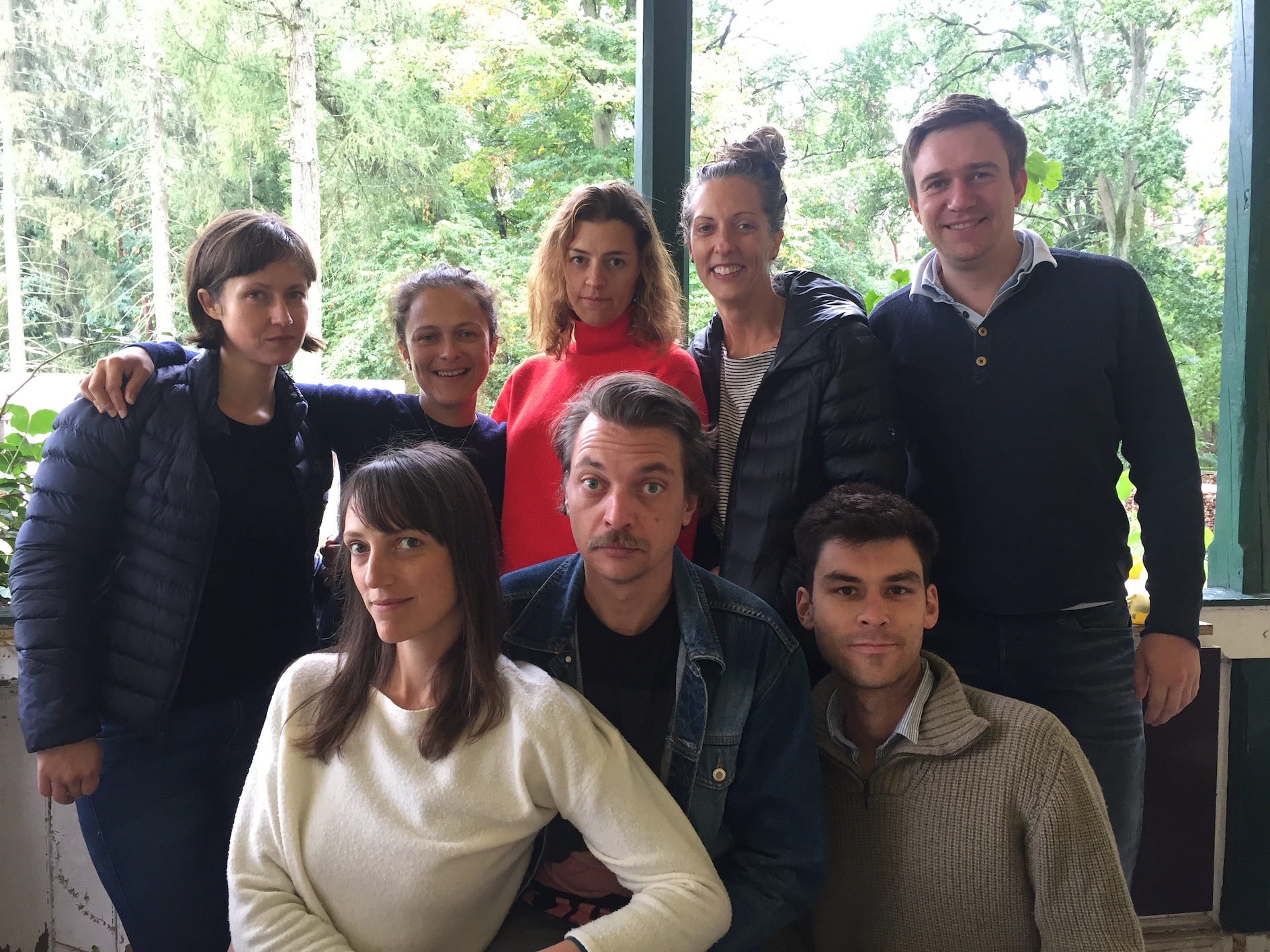 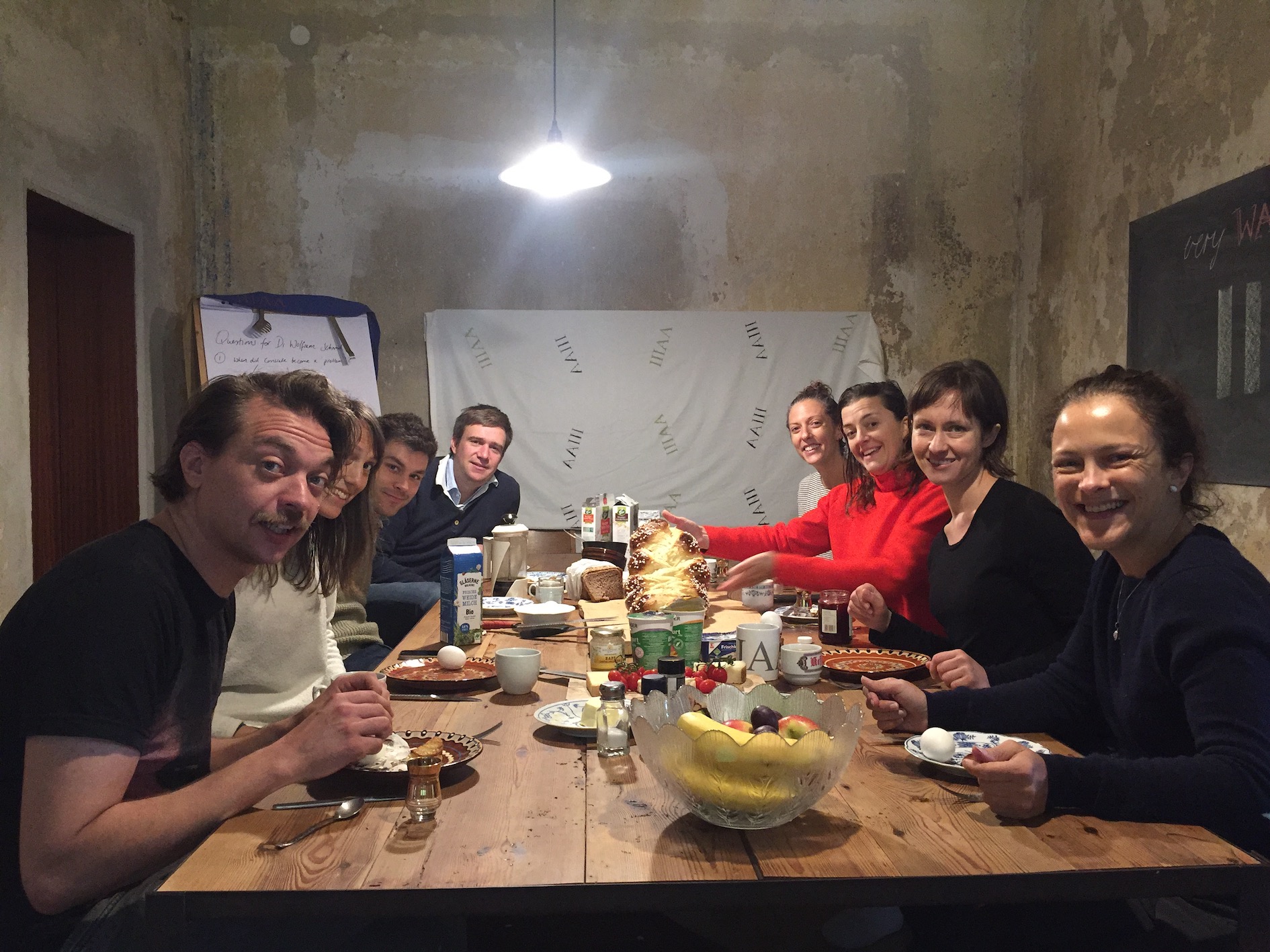 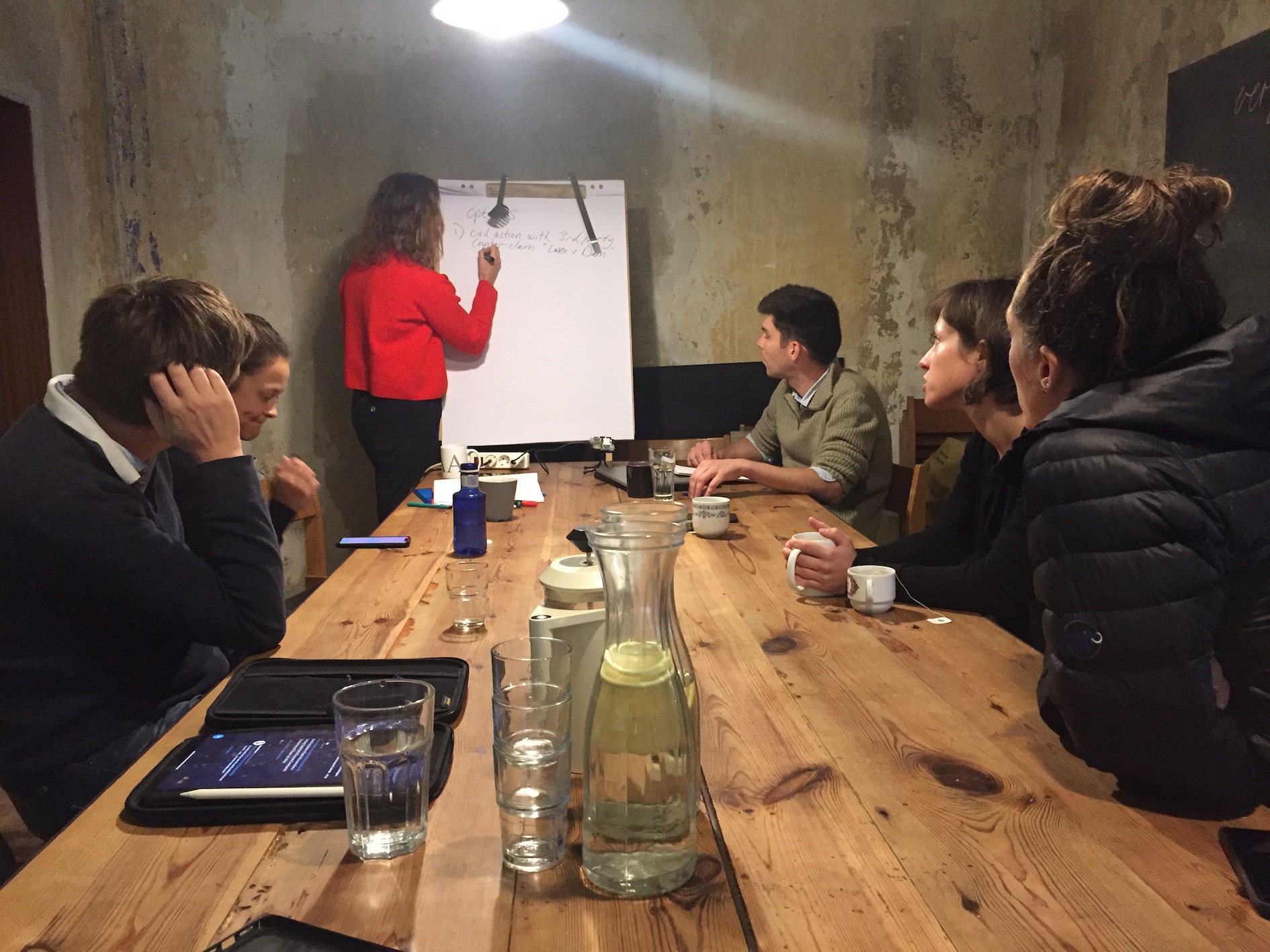 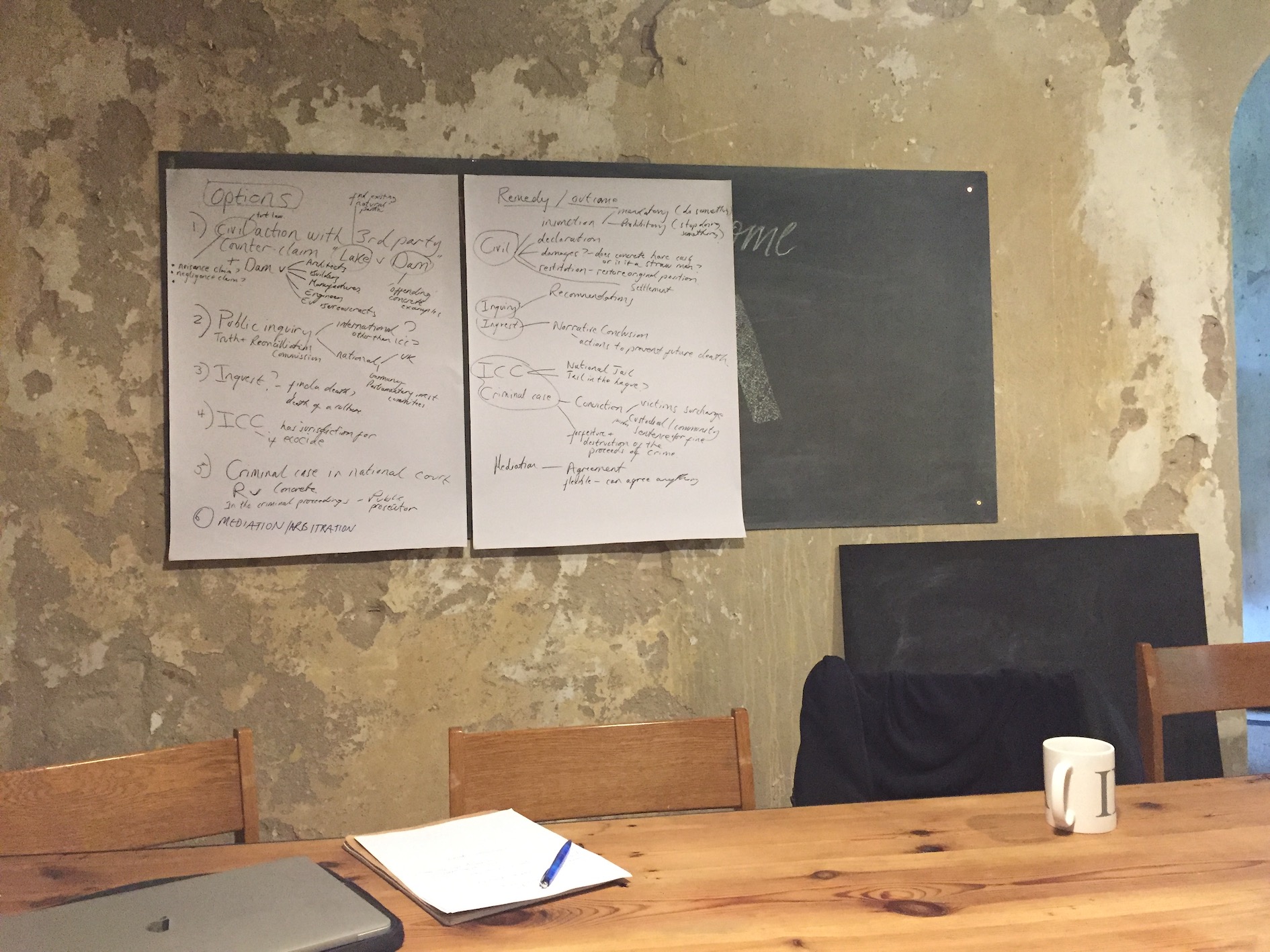 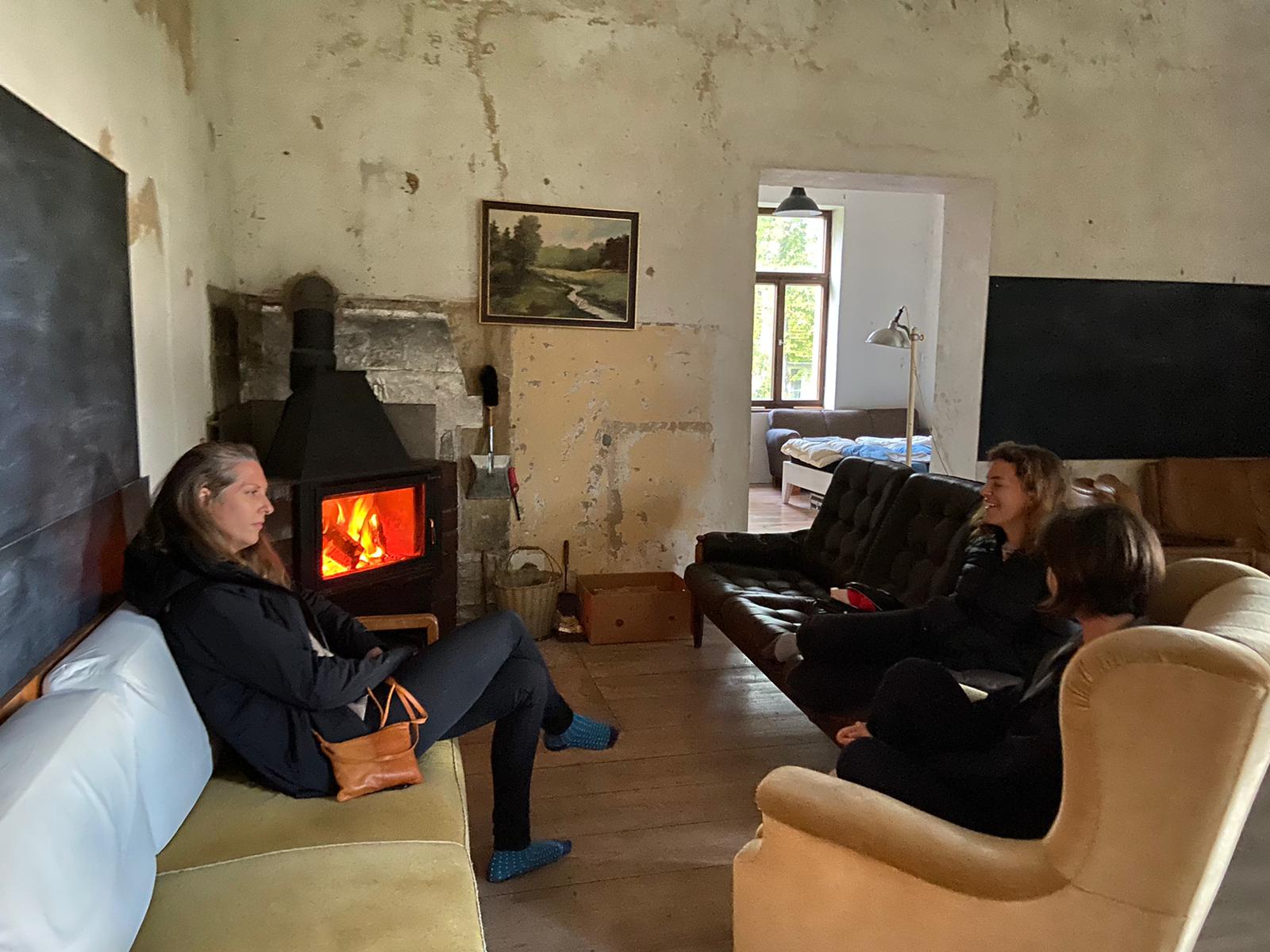 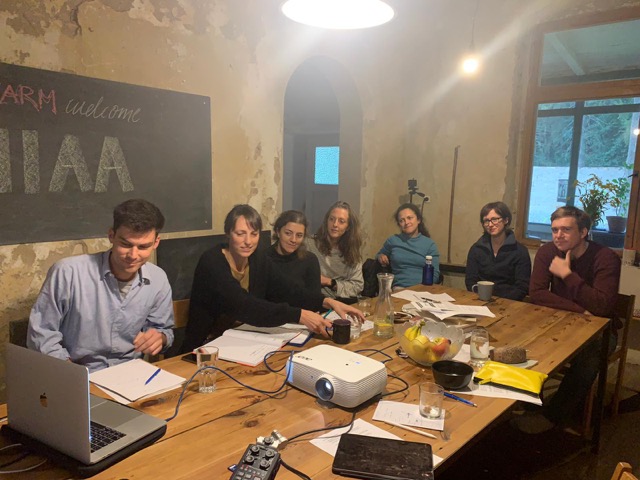 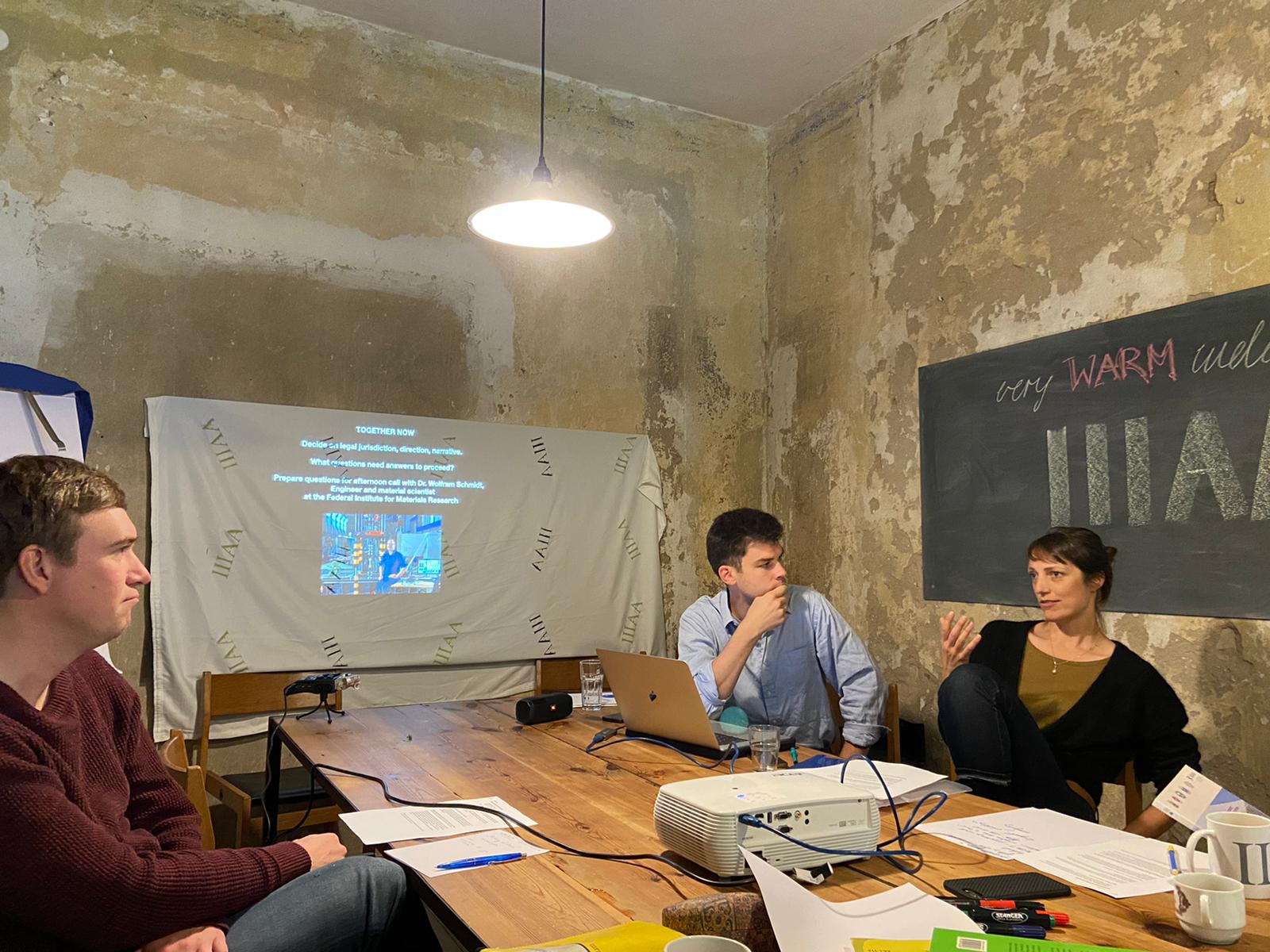 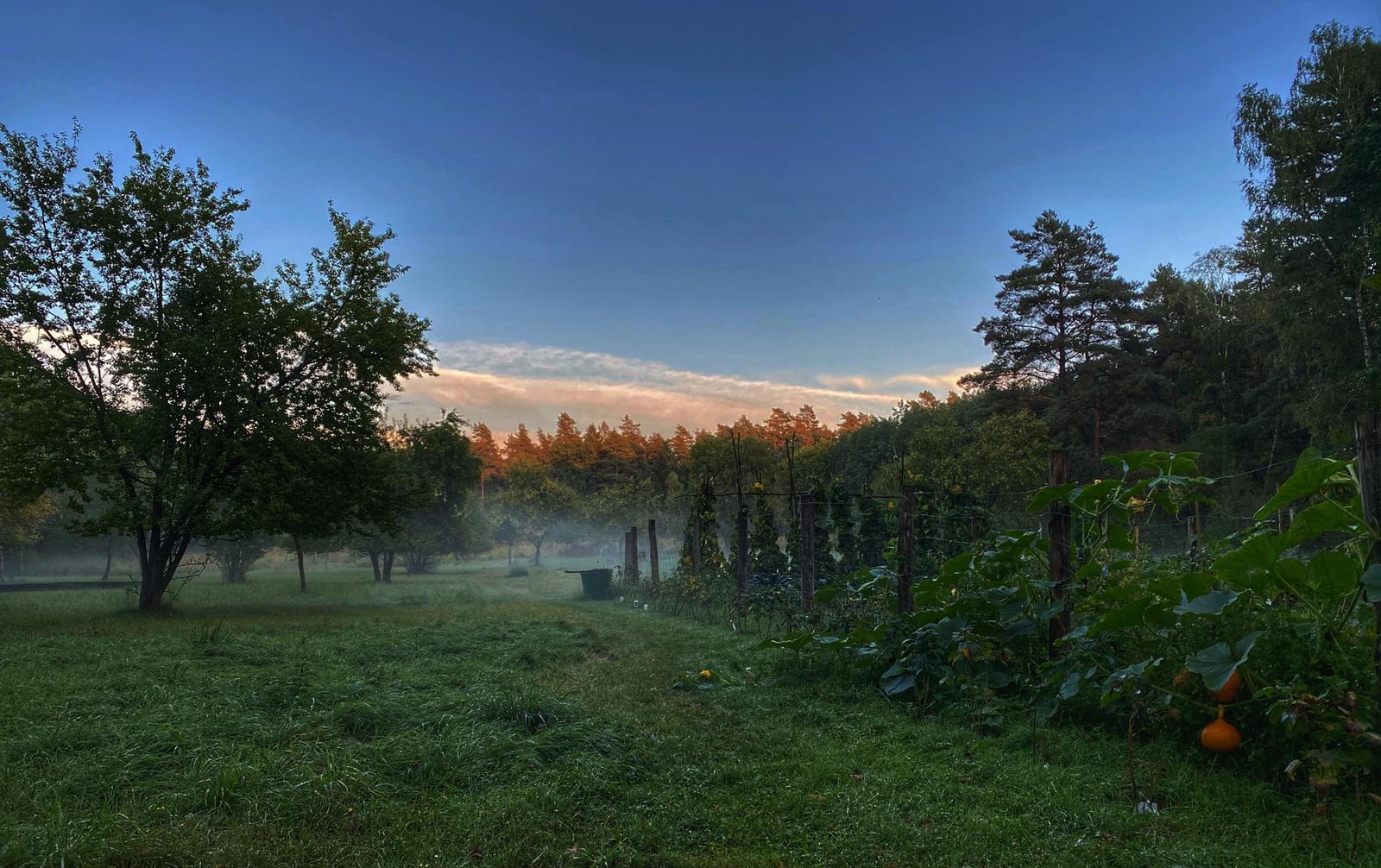 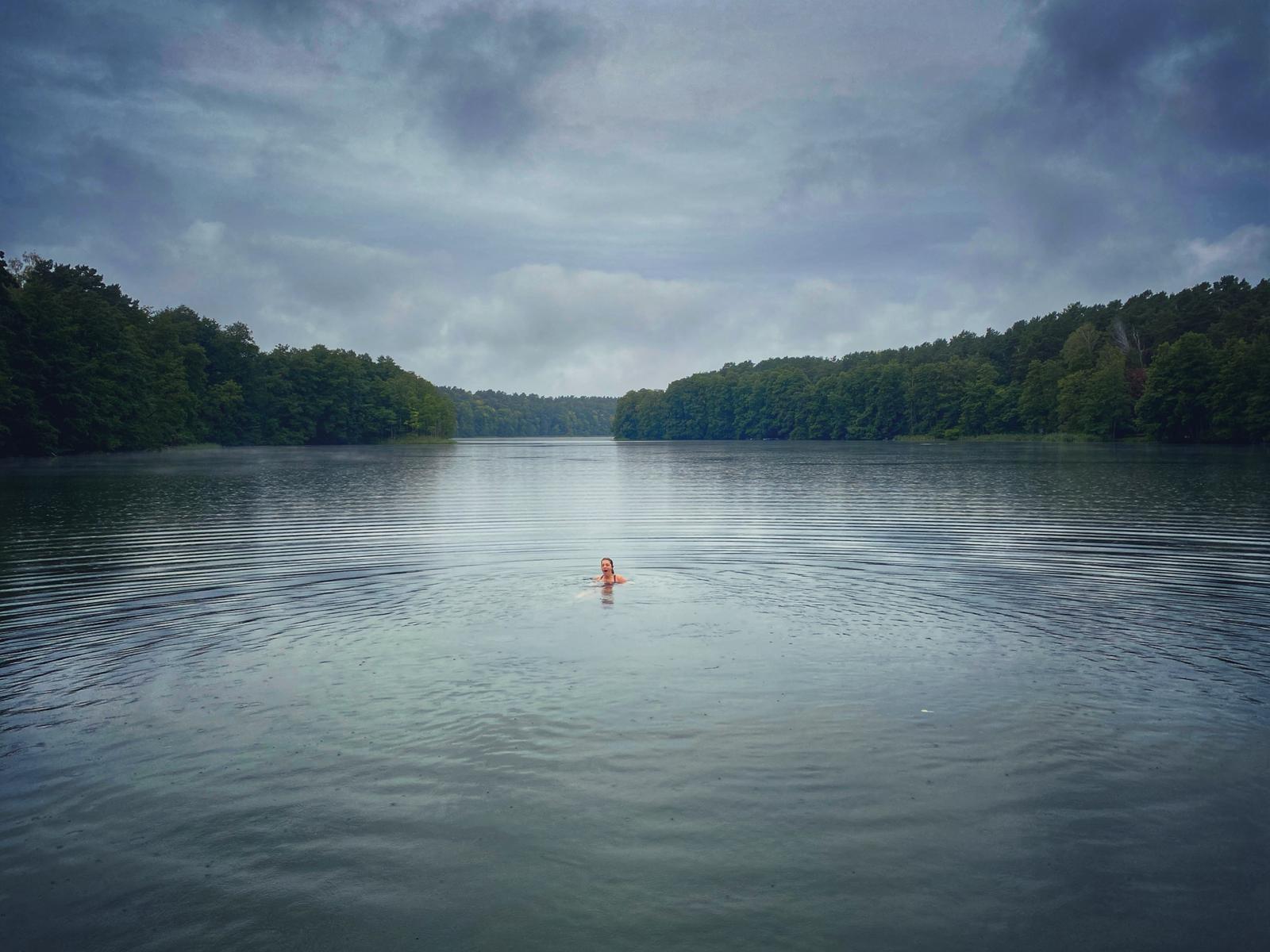 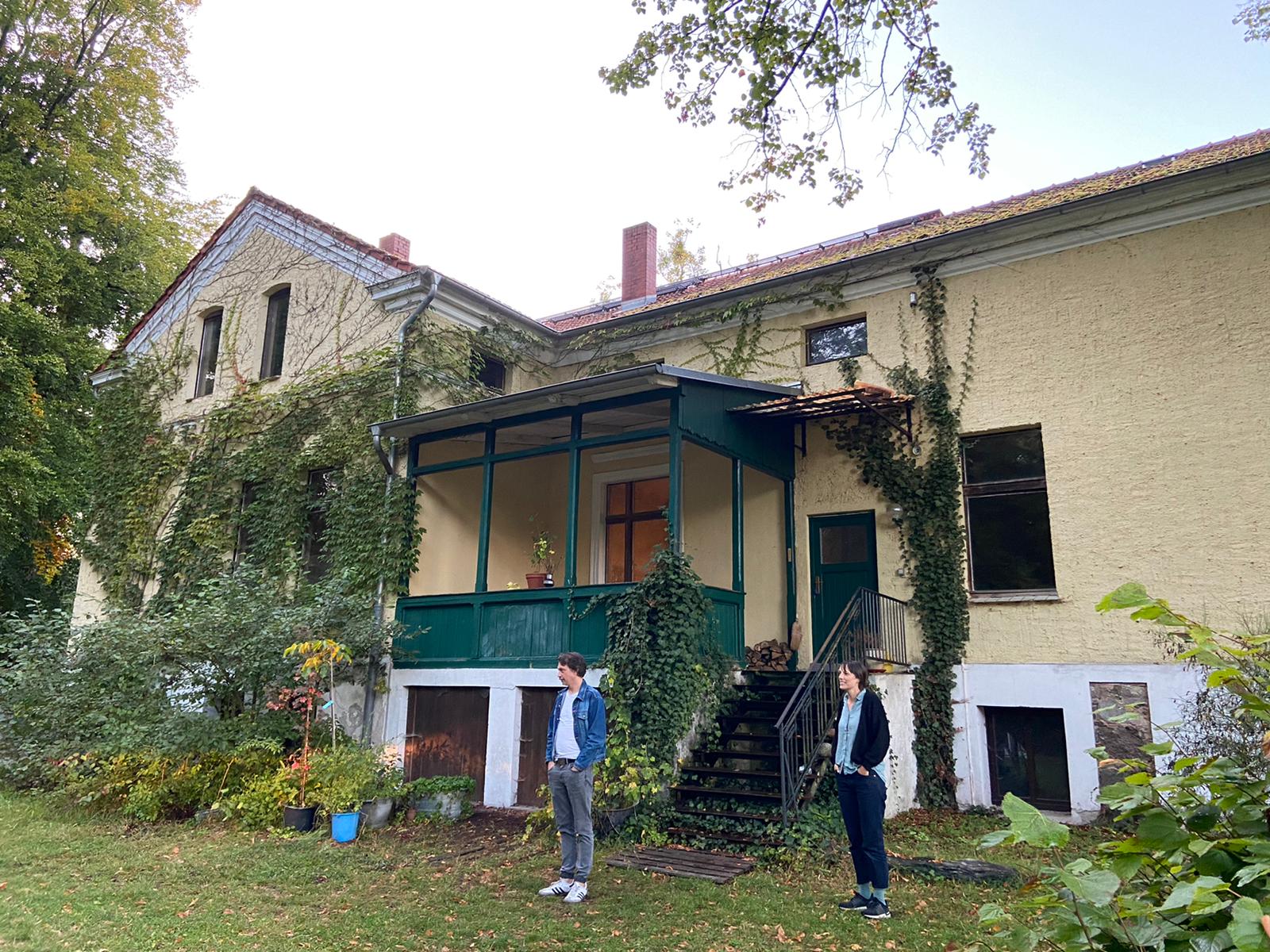 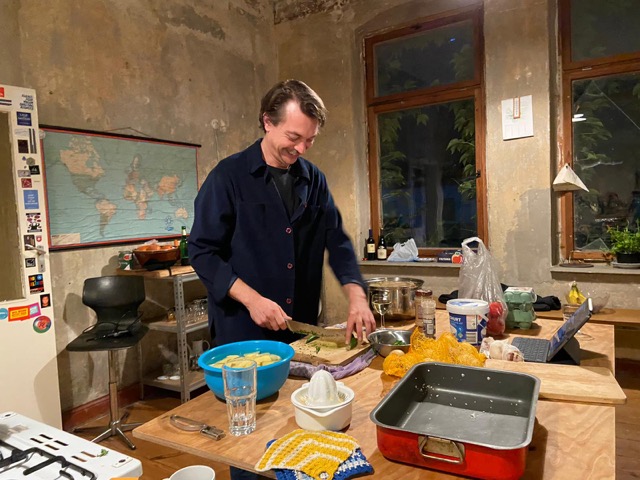 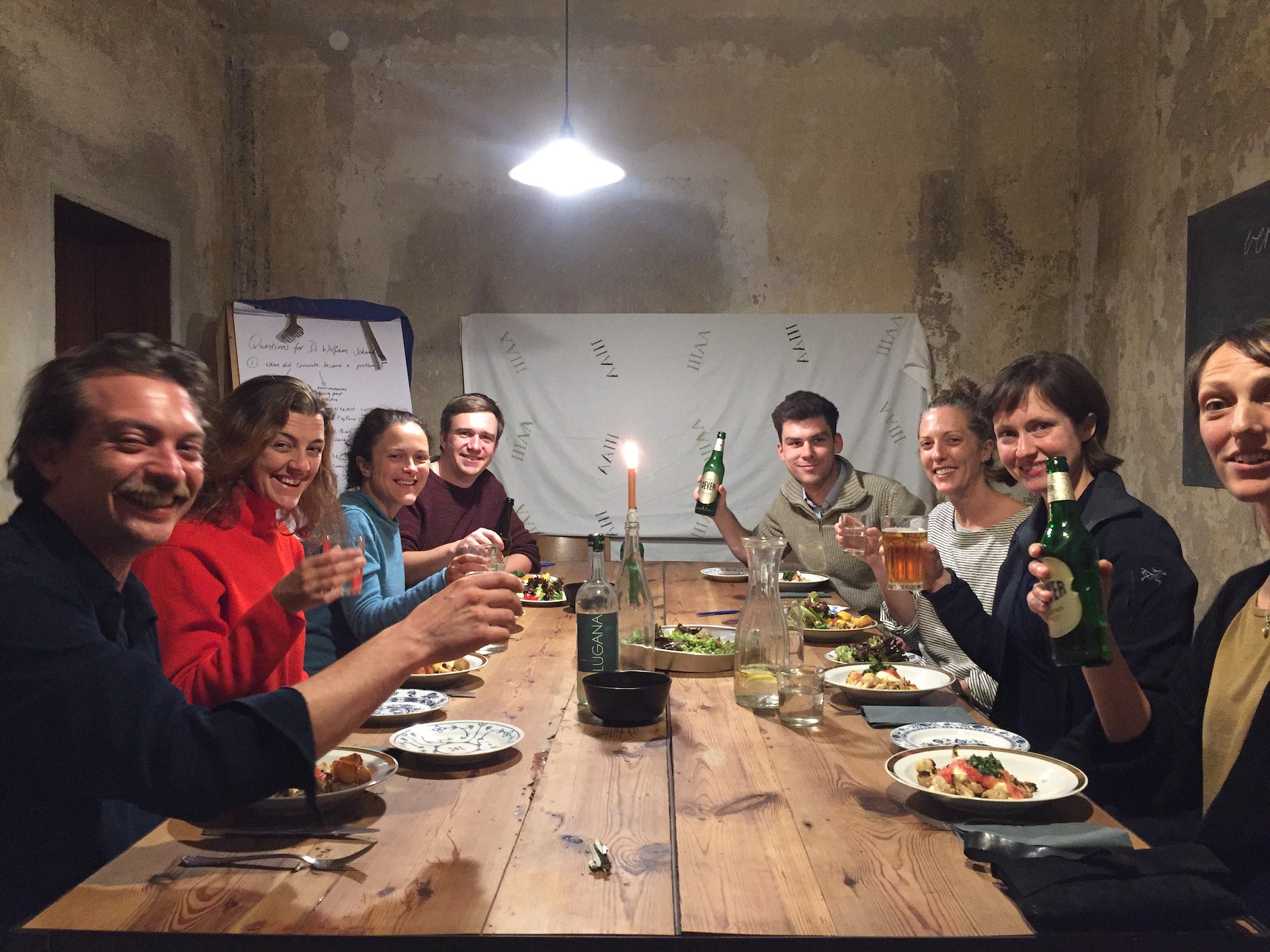 back to start |